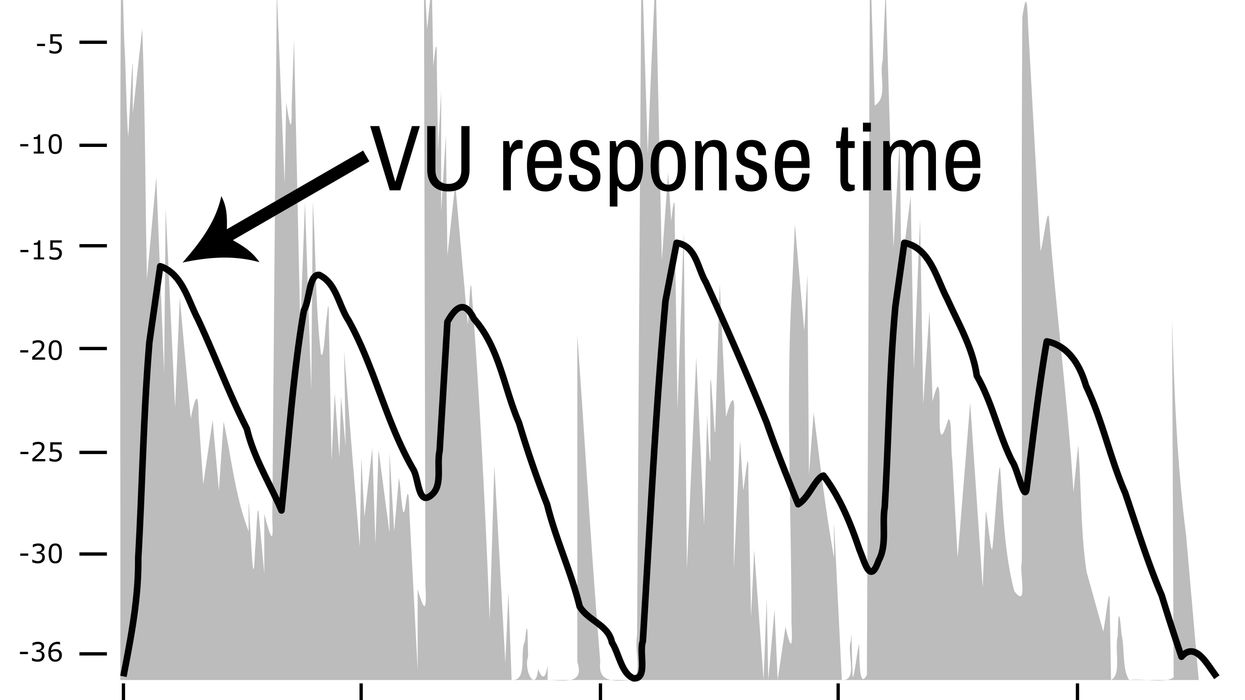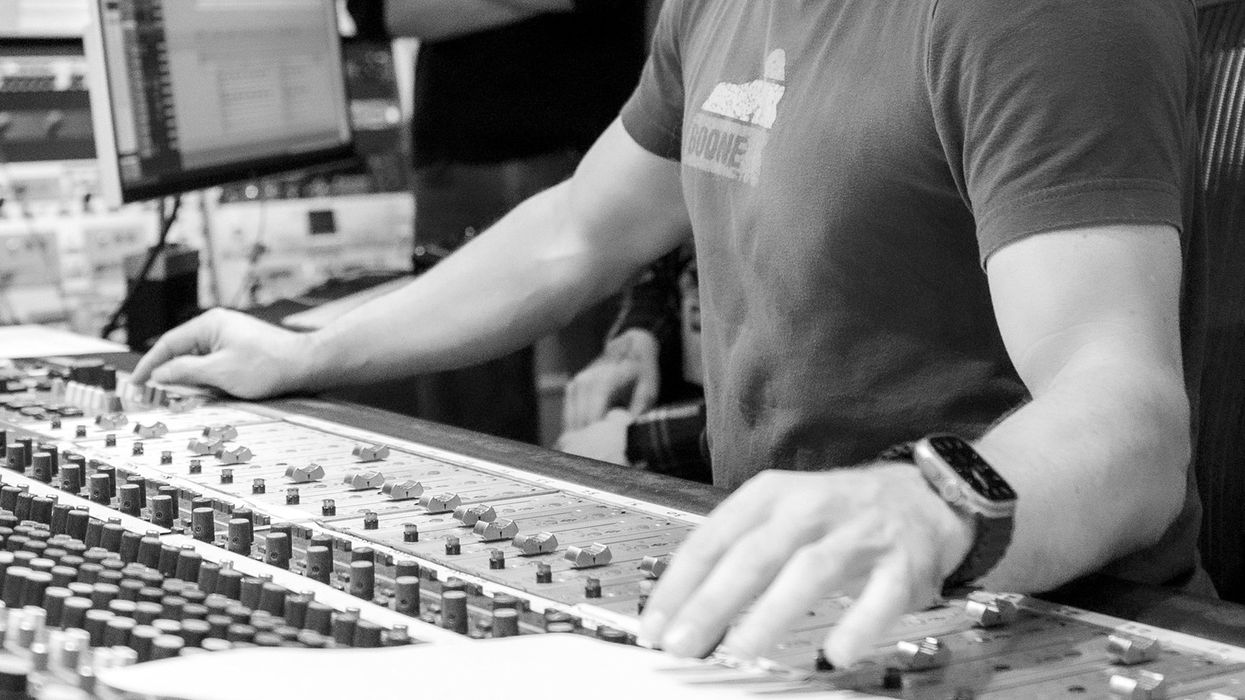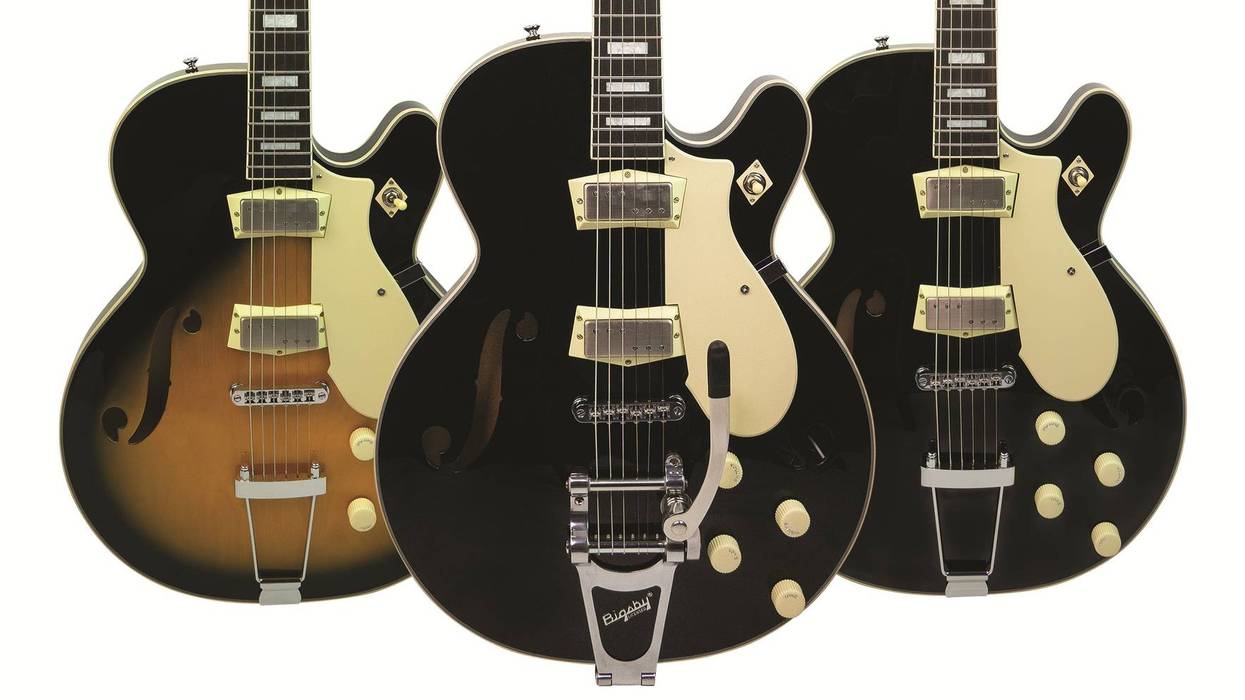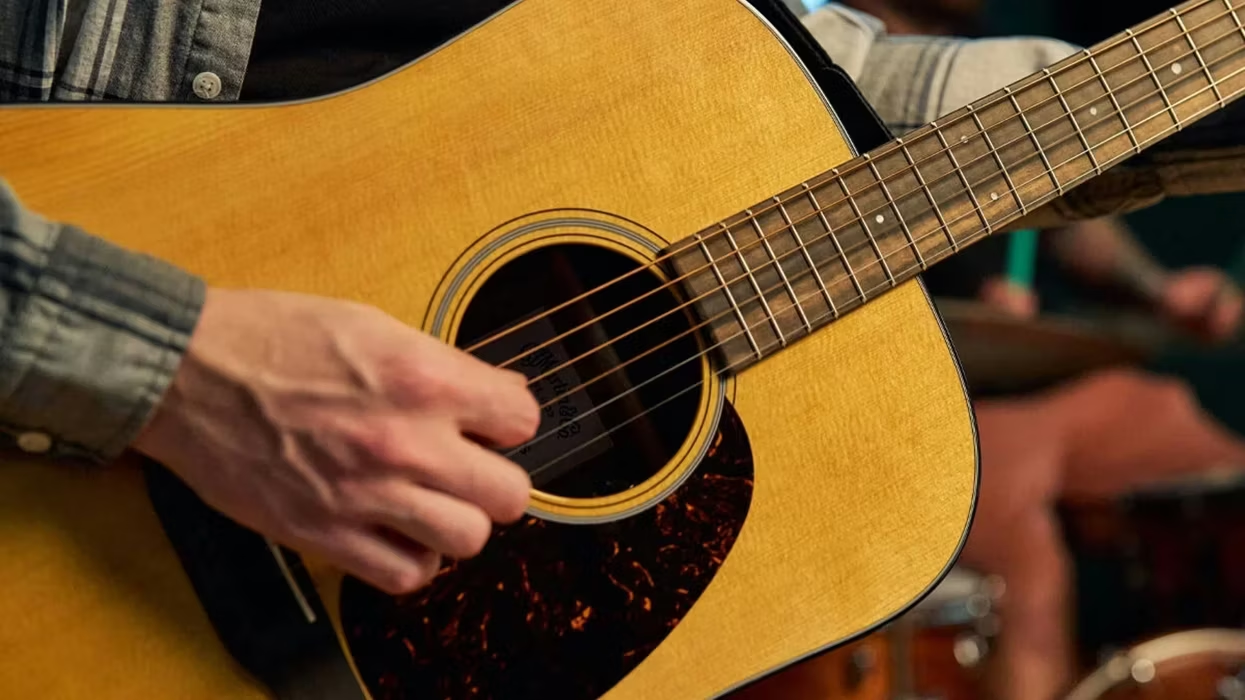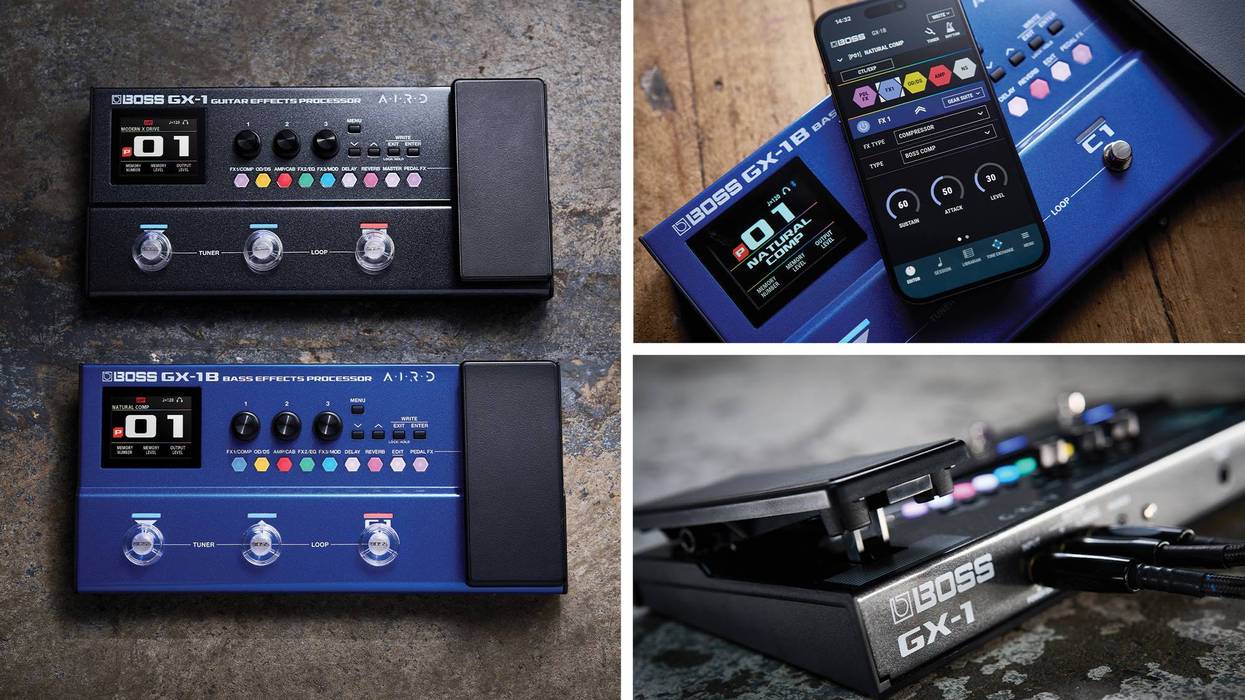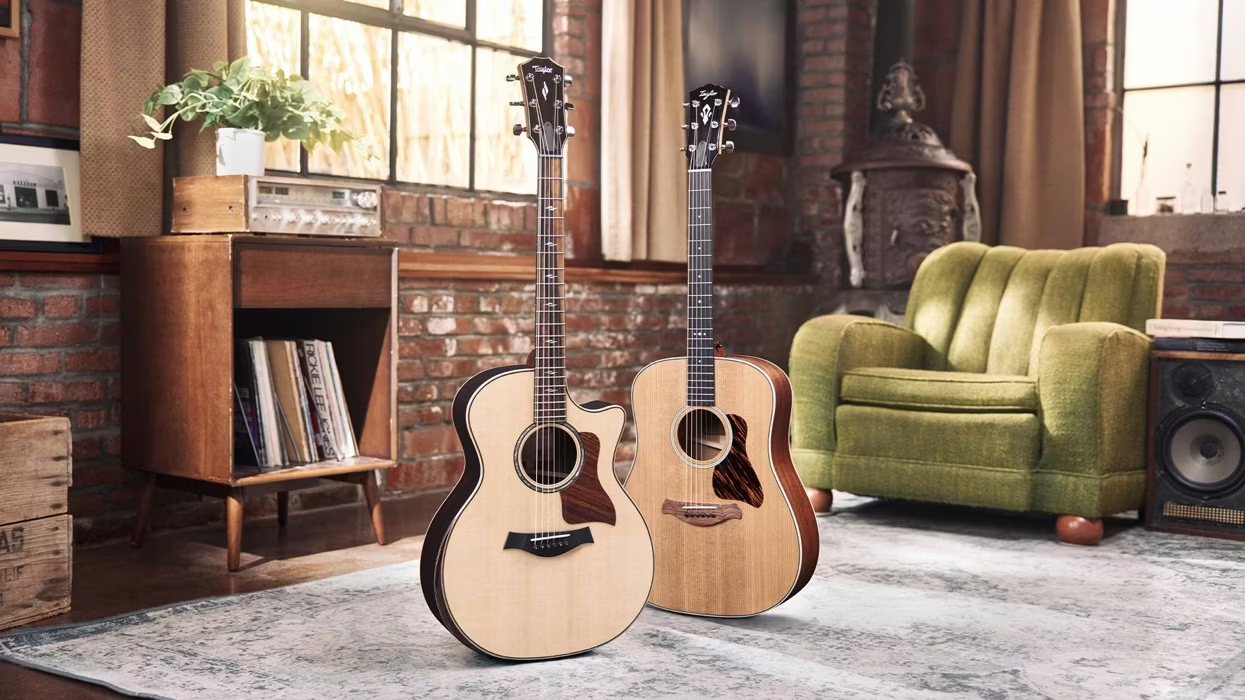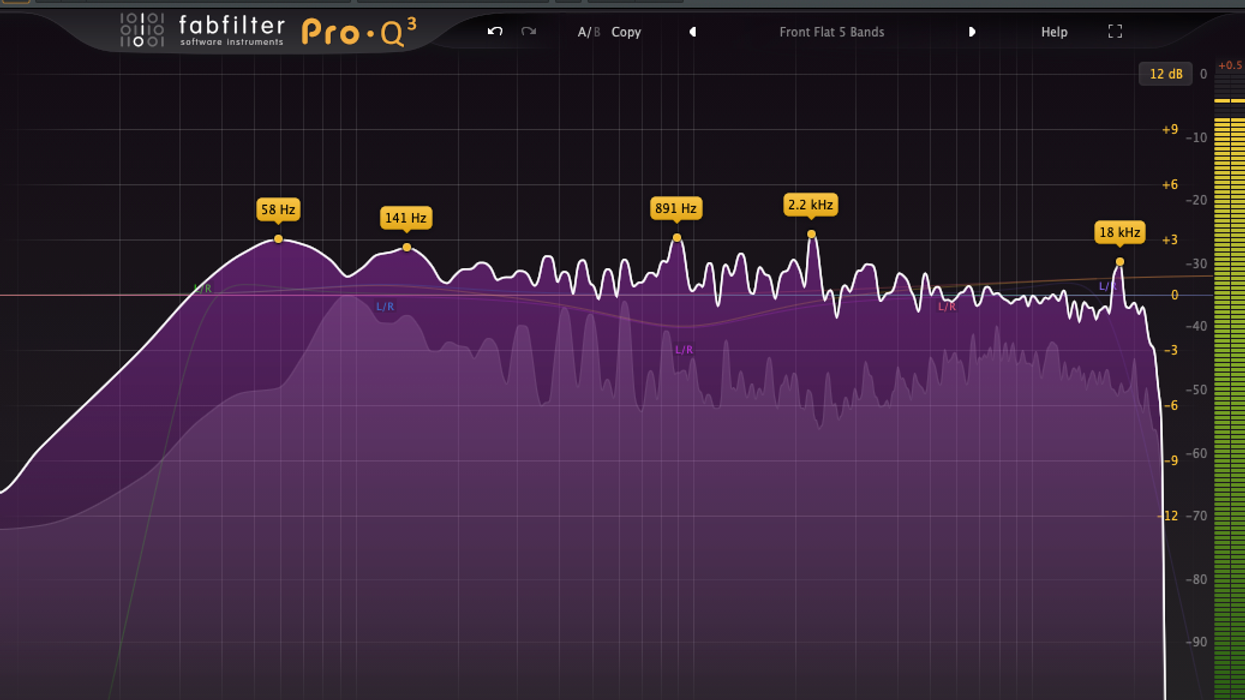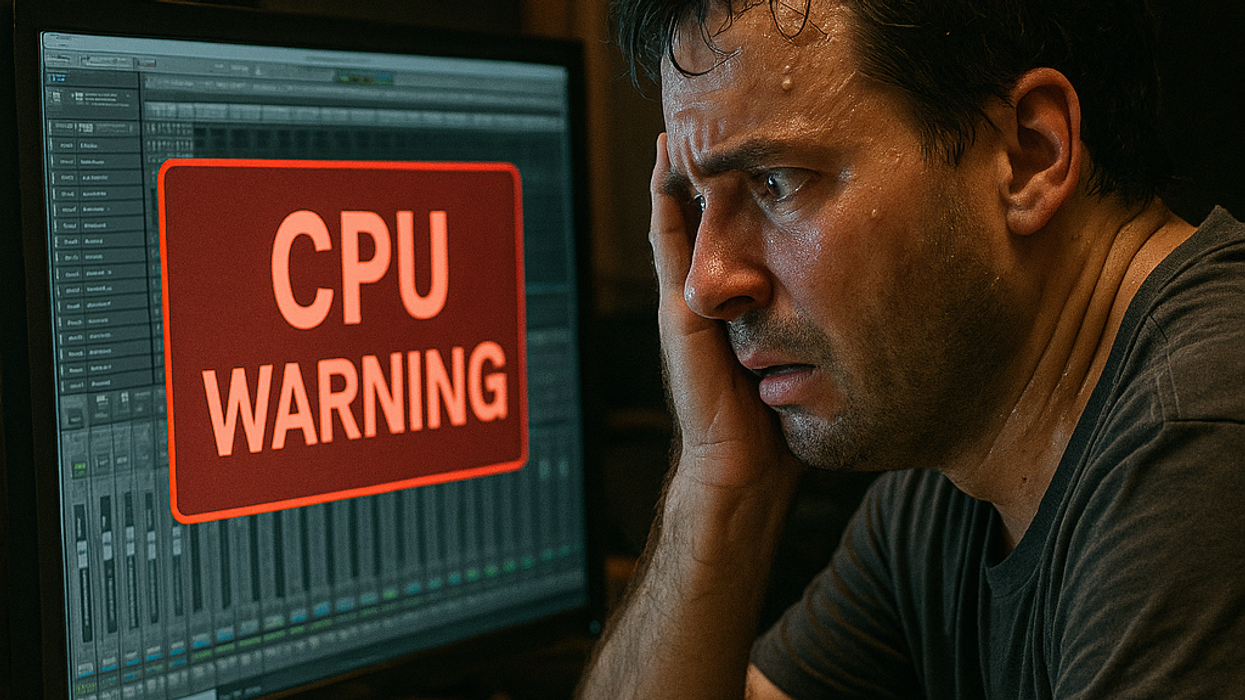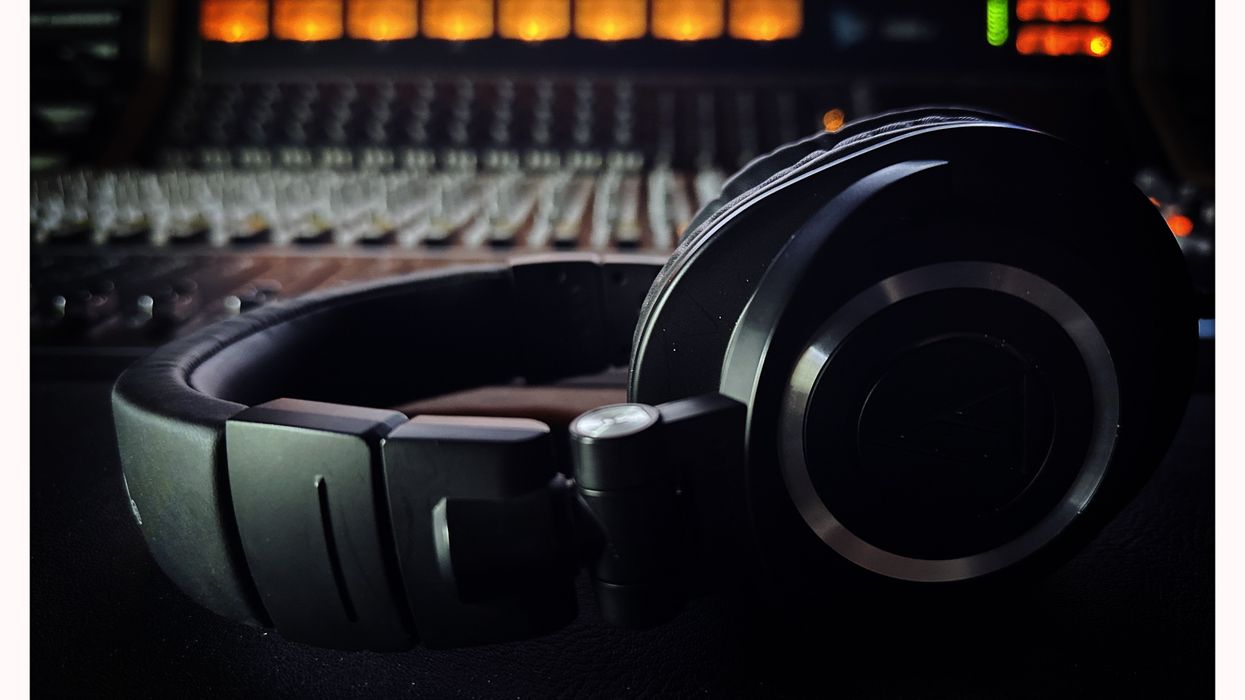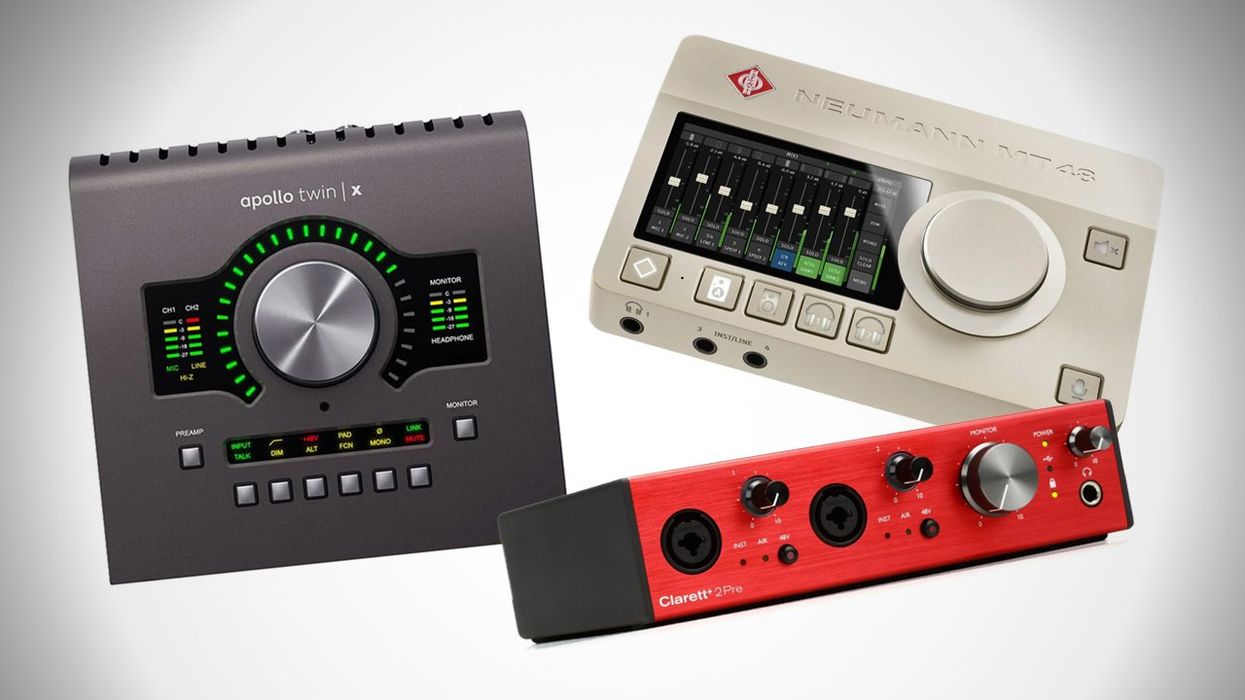Starting this month, I’d like to bring some clarity to some widely misused audio terms that engineers struggle with, especially when it comes to mixing and mastering. Do you know what a dB is and/or how it got its name, or understand the difference between dB, dBu, dBA, dBSPL, and dBFS and how they inherently apply to your recordings? Tighten up your belts, the Dojo is now open.
I’m going to start with our old beloved friend, the VU (volume unit) meter. Officially introduced in 1939, the purpose of the VU meter was to provide a standardized way of measuring and representing audio signal levels, and it immediately gave audio engineers and producers an increased ability to make broadcasts and recordings with substantially more consistent loudness levels.
Once it was standardized by ASA (later, ANSI—American National Standards Institute), the VU meter became a cheap and indispensable tool for measuring how much signal was being sent to broadcast transmitters. Essentially, the VU meter works by having a calibrated response time (ballistic) of 300 ms and reflects an inferred average of any peak that occurred within that time window. While it reflects speech in an intuitive way, it falls short with accurately registering very fast transients (like drum hits, claps, fast staccato attacks, etc.). Thus, every decibel of change is not accurately reflected by the meter but averaged (Fig. 1). It wasn’t long until engineers realized that short bursts of +3 VU on analog gear wouldn’t trigger distortion or affect the overall perception of loudness.
In fact, the VU meter was really designed to help the engineer get their audio signals to hover around 0 VU (which equals to +4 dBu, or 1.228V RMS) and what most of us call “0 dB.” This is further reinforced by the design of the meter’s scale range since standardized VU meters range from -20 VU to +3 VU (23 VU entries, in all). However, the majority of the meter’s real estate deals with the last six entries at the top of the scale (-3 VU to +3 VU).
“It immediately gave audio engineers and producers an increased ability to make broadcasts and recordings with substantially more consistent loudness levels.”
Decibels, Decibels, Everywhere!
Let me define the decibel—it is one 10th of a “bel,” named after Alexander Graham Bell (which is why the “B” in “dB” is capitalized). But what’s a bel? It is just a logarithmic unit of measurement relative to something else. We don’t actually hear decibels; we measure them because they approximate the human ear’s logarithmic perception of amplitude (aka loudness). This is known as dBA.
So this is what we mean when we’re talking about how “loud” or “noisy” something is, and also what audiologists use when measuring how well we can hear. What?!
Here’s some basic values for you:
20 dBA: whisper
40 dBA: home computer fan
60 dBA: normal conversation
80 dBA: inside an airplane
90 dBA: lawnmower, hair dryer, blender
95 dBA: prolonged exposure can cause slight hearing loss and tinnitus
100 dBA: motorcycle, construction site, normal stereo at max volume
110 dBA: rock concert, jackhammer
125 dBA: pain threshold; prolonged exposure will cause hearing loss
135 dBA: air raid siren
140 dBA: pain threshold; permanent hearing damage possible
150 dBA: handgun
180 dBA: possible death, rocket launch
But wait, isn’t this also known as dBSPL? I wish! They’re so close but so far away. You see, sound pressure relates to the variations in atmospheric pressure caused by the sound, and SPL (sound pressure level) is the pressure level of that sound measured in decibels. The crucial difference is that dBSPL treats all frequencies equally because it uses Mother Earth’s atmosphere as the gauge for measurement, and dBA doesn’t. It focuses on frequencies that humans most easily perceive—thus, it uses our outer and inner ear to gauge and measure the SPL. To put a finer point on this, using dBSPL will give much different readings if there are frequencies below 1000 Hz, whereas they are both very similar for any frequencies above 1000 Hz.
Next month, I’ll continue down this path and we’ll be using decibels to measure watts, volts, and SPL to definitively answer the age-old question: Is a 100-watt amp twice as loud as a 50-watt amp? See you next time. Namaste.


